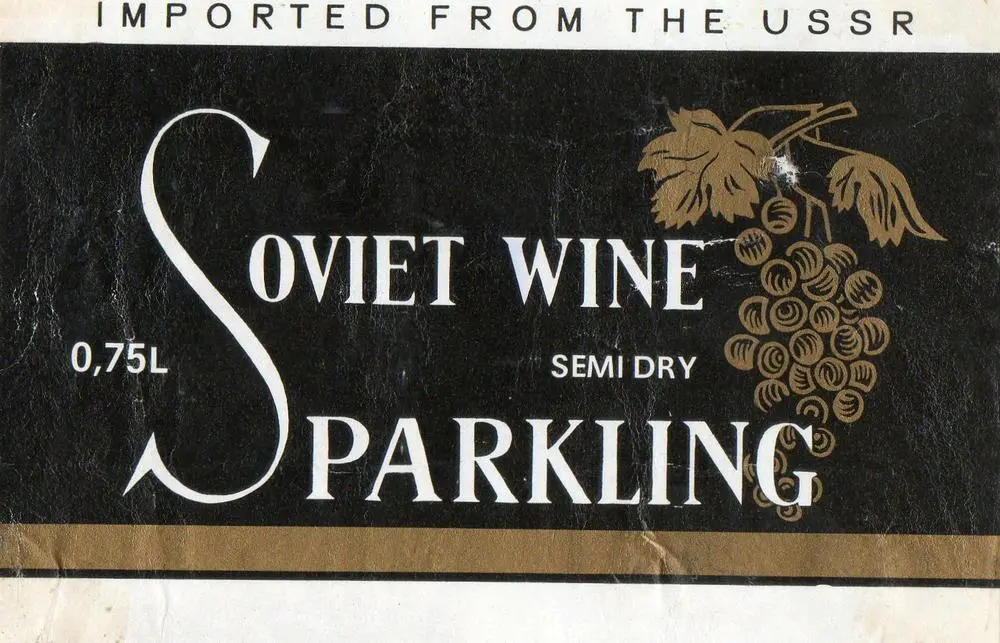The organoleptic properties of most alcoholic beverages depend on the area (climate and soil), the type of raw materials used, as well as the characteristics of the preparation technology. The common name often does not give an idea of the quality. For example, fermented juice obtained both in the French region of Bordeaux and in Belarus can be called wine. It is clear that these will be very different wines. Therefore, almost every popular alcoholic drink, in addition to the general one, also has a regional name, for example, cognac is French grape brandy, and bourbon is Kentucky corn whiskey.
When alcohol with a regional name gains a reputation and goes beyond the local market, it may face unfair competition – producers from other regions use the same name and label for their products, although their drinks differ markedly in taste, aroma and other parameters. Usually the quality of “imposters” is much lower. The problem is peculiar not only to alcohol, but to other food products: cheeses, meat, milk, seafood, honey, fruits, vegetables, etc.
To prevent dishonest market players from misleading consumers, global trade has developed a system to protect names that add value to some high-quality products from a certain geographical area. The use of protected names is limited to the designated territory only.
However, this means that any drink made in this territory has the right to use the protected name. In addition, regional governments establish production standards that manufacturers must comply with. Often, the requirements relate to varieties and agricultural practices for growing raw materials, maximum yield, strength of the drink and the duration of its exposure. Alcohol that meets the production standards enshrined at the legislative level can be labeled with the regional name of the product on the bottle label. Manufacturers from the same locality who do not meet the requirements must be content with the general name of the alcoholic beverage.
Translations of the original names into other languages are also protected, for example, the names “tequila” and “tequila” are equivalent. Producers are prohibited from labeling products with the inscriptions “in style”, “imitation”, “similar to” and the like, that is, labeling “a drink similar to tequila” will be considered a violation of international trade law.
In the complex, such a system is called control by origin or protection by regional principle. Strict regulation allows consumers to find out the origin, properties and characteristics of the drink only by the label.
Alcohol popular in Russia, protected by origin:
- Cognac is a grape brandy from the Charente region (France).
- Champagne is a sparkling wine from the Champagne region (France).
- Tequila is a strong alcoholic drink produced in the five states of Mexico from blue agave juice.
- Port is a fortified wine from the Douro Valley (Portugal).
- Bourbon is a corn whiskey from Kentucky (USA).
- Cahors is a dry red wine from the Cahors region (France).
- Calvados is an apple brandy from Normandy (France).
Russian reality
Since the beginning of the 90s of the XX century, France has demanded that Russia and other post-Soviet countries not use French protected names in the name of their alcoholic products. The problem is that the citizens of the former USSR are so accustomed to “Soviet champagne”, domestic “cognacs” and “port wines”, and the church to “cahors”, that the common and permitted names of these same alcoholic beverages, such as sparkling wine, grape brandy , fortified wine, etc. they don’t say anything. Consequently, in order not to lose buyers, manufacturers are trying by all means to delay their refusal from other people’s protected names.
So far, products in violation of international law are sold in most countries of the post-Soviet space, but are not exported. Only some countries of the former USSR have registered their geographical names instead of others and are promoting them on the international market. For example, now the Armenian grape brandy is called arbun, and the Moldavian brandy is called divin. In turn, “Soviet champagne” will conquer the international market, being called soviet sparkling (Soviet sparkling).










